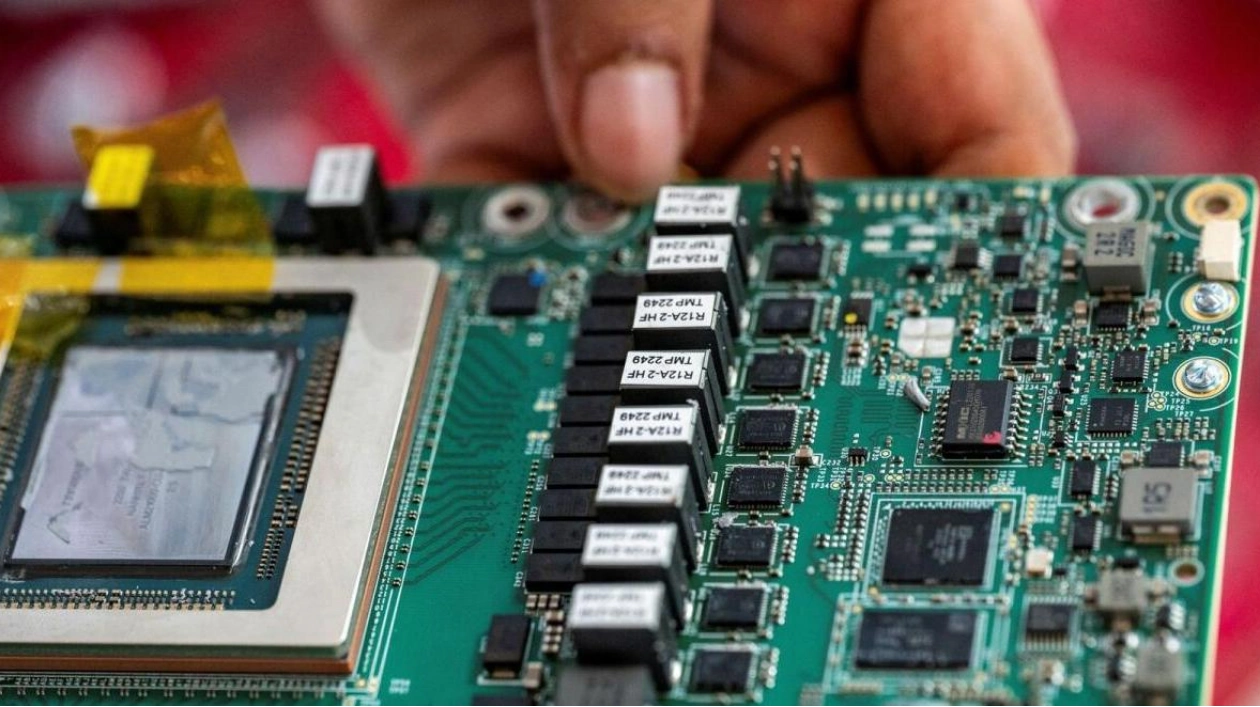In Amazon.com's chip lab located in Austin, Texas, a group of six engineers on a Friday afternoon rigorously tested a new server design that is kept under tight wraps. According to Amazon executive Rami Sinno, who visited the lab on Friday, the server is equipped with Amazon's AI chips designed to rival those from market leader Nvidia. Amazon is actively developing its own processors to reduce its dependency on expensive Nvidia chips, often referred to as the 'Nvidia tax', which are used in some of the AI cloud services provided by Amazon Web Services (AWS), the company's primary growth engine.
By utilizing its in-house chips, Amazon aims to enable customers to perform complex computations and manage vast amounts of data at a lower cost. This strategy is mirrored by competitors Microsoft and Alphabet. Sinno, the engineering director for Amazon's Annapurna Labs, which is part of AWS, noted that there is a growing demand among Amazon's customers for more affordable alternatives to Nvidia. Amazon acquired Annapurna Labs in 2015. Although Amazon's AI chip development is still in its early stages, its Graviton chip, which handles non-AI computing, has been in development for almost a decade and is now in its fourth generation. The newer AI chips, Trainium and Inferentia, are more recent additions to Amazon's lineup.
David Brown, Vice President of Compute and Networking at AWS, mentioned on Tuesday that these chips offer improvements in price and performance, sometimes up to 40-50%, making them potentially half as expensive as running the same models with Nvidia. AWS, which represents just under 20% of Amazon's total revenue, saw a 17% increase in sales, reaching $25 billion in the first quarter of the year, compared to the same period last year. AWS holds approximately 33% of the cloud computing market, with Microsoft's Azure controlling about 25%. During the recent Prime Day event, Amazon utilized 250,000 Graviton chips and 80,000 of its custom AI chips to manage the spike in activity across its platforms. The event reportedly generated a record $14.2 billion in sales, according to Adobe Analytics.






